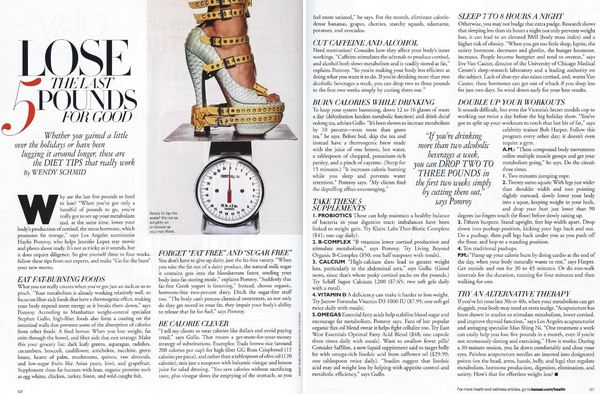 Alignment pg. 112
Alignment pg. 112
How do you pick the right alignment style for the texts within any given design?
Well Henry, despite having a limited number of alignment formats in typography design, they work universally well with almost every style of bodies of texts. It all depends on the other elements that accompany the text. For example, the magazine spread above with the justified columns of texts work surprisingly well with square, or rectangular shaped objects. It contributes to the page’s overall sharp and tidy appearance. A word of warning however, as rivers are common for justified columns, make sure to use appropriate text size and line spacing of the columns of text to evenly distribute the words.









